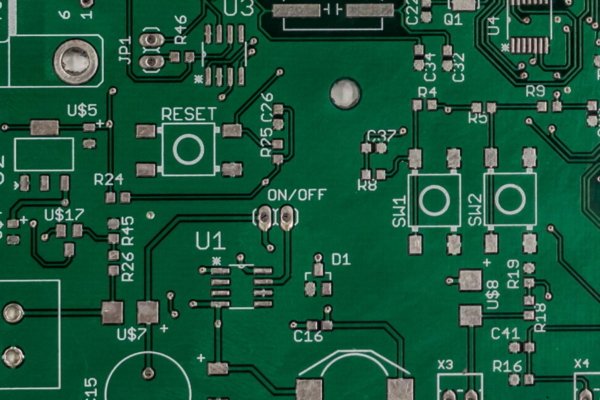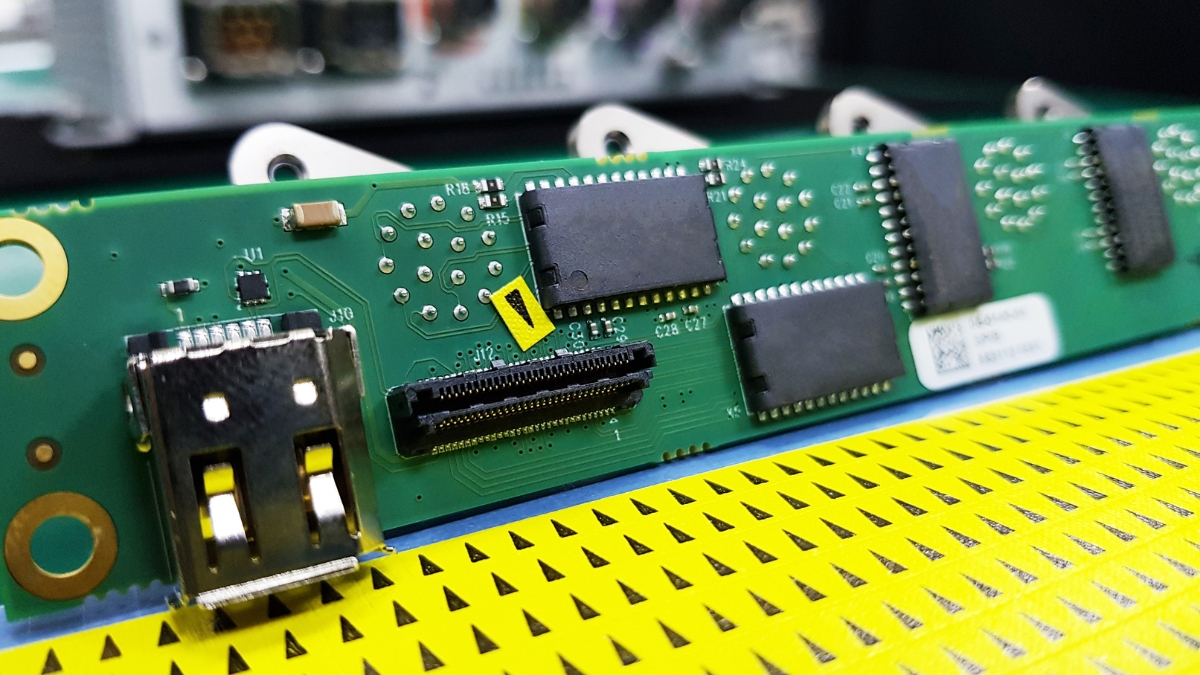What is Continuous Outline
A continuous outline refers to a closed loop or shape that is uninterrupted and does not have any breaks or intersections. It is a crucial aspect of the fabrication drawing, which visually represents the circuit board, including cut-outs, holes, radii, and specific distances. The dimensions of the outline are measured from an origin point, typically (0,0), and it is essential that this origin point on the fabrication drawing aligns with the (0,0) point on the NC drill data file.
The continuous outline must be free from any crossed lines or discontinuities to ensure the accuracy of the PCB design. This means that the outline should consist of two continuous, closed loops, with one inside the other. In cases where the outline contains small, discrete artifacts, intersecting or unclosed loops, it is recommended to seek assistance from the Lab Director or a Maker-E Assistant to rectify the issue.
To achieve a continuous outline, the process involves deleting one of the two outlines that overlap. By removing one of the outlines, the continuity of the shape is maintained, and the fabrication drawing accurately represents the desired circuit board layout. A continuous outline is essential for proper visualization and fabrication of the PCB, ensuring that all dimensions and drilled holes are accurately depicted.





